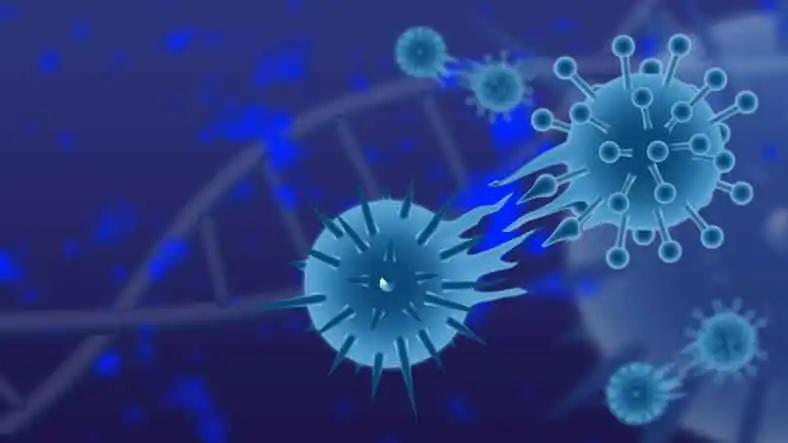KEY TAKEAWAYS
- The Phase III COLUMBA trial registered under NCT03277105 aimed to evaluate subcutaneous (SC) versus intravenous (IV) daratumumab in relapsed or refractory multiple myeloma patients.
- Patients were randomly assigned DARA SC and DARA IV, and it showed consistent efficacy and maximum trough daratumumab concentration.
- The study’s final analysis revealed after 29.3 months of follow-up and confirmed the non-inferiority of DARA SC to DARA IV regarding efficacy and safety.
The phase III COLUMBA study analyzed the efficacy and safety of daratumumab administered subcutaneously (DARA SC) versus daratumumab intravenously (DARA IV) for patients with relapsed or refractory multiple myeloma (RRMM). The study’s primary analysis showed the non-inferiority of DARA SC to DARA IV. The study’s final analysis includes a median follow-up of 29.3 months and an additional 21.8 months after the primary research. A total of 522 patients were randomized, with 263 receiving DARA SC and 259 receiving DARA IV. The extended follow-up period showed consistent efficacy and maximum trough daratumumab concentration for both administration routes. The overall response rates for DARA SC and DARA IV were 43.7% and 39.8%, respectively. The maximum mean trough concentration (cycle 3, day 1 pre-dose) of serum DARA was 581 (standard deviation [SD], 315) μg/mL for DARA SC and 496 (SD, 231) μg/mL for DARA IV. The COLUMBA study compared the efficacy and safety of DARA SC and DARA IV for patients with relapsed or refractory multiple myeloma (RRMM). DARA SC had a median overall survival (OS) of 28.2 months and 25.6 months for DARA IV, whereas median progression-free survival (PFS) was 5.6 months and 6.1 months, respectively. Treatment-emergent adverse events of grade 3/4 occurred in 50.8% of patients receiving DARA SC and 52.7% of those receiving DARA IV, with the most common (≥10%) being thrombocytopenia (DARA SC, 14.2%; DARA IV, 13.6%), neutropenia (13.1%; 7.8%), and anemia (13.8%; 15.1%). The study revealed that the safety profile remained consistent with the primary analysis, with a low rate of infusion-related reactions (12.7% for DARA SC and 34.5% for DARA IV) and a shorter administration time (3-5 minutes for DARA SC and 3-7 hours for DARA IV).
Source: https://pubmed.ncbi.nlm.nih.gov/35354247/
Clinical Trial: https://clinicaltrials.gov/ct2/show/NCT03277105
Usmani SZ, Nahi H, Legiec W, Grosicki S, Vorobyev V, Spicka I, Hungria V, Korenkova S, Bahlis NJ, Flogegard M, Bladé J, Moreau P, Kaiser M, Iida S, Laubach J, Magen H, Cavo M, Hulin C, White D, De Stefano V, Lantz K, O’Rourke L, Heuck C, Delioukina M, Qin X, Nnane I, Qi M, Mateos MV. Final analysis of phase III non-inferiority COLUMBA study of subcutaneous versus intravenous daratumumab in patients with relapsed or refractory multiple myeloma. Haematologica. 2022 Oct 1;107(10):2408-2417. doi: 10.3324/haematol.2021.279459. PMID: 35354247; PMCID: PMC9521240.



